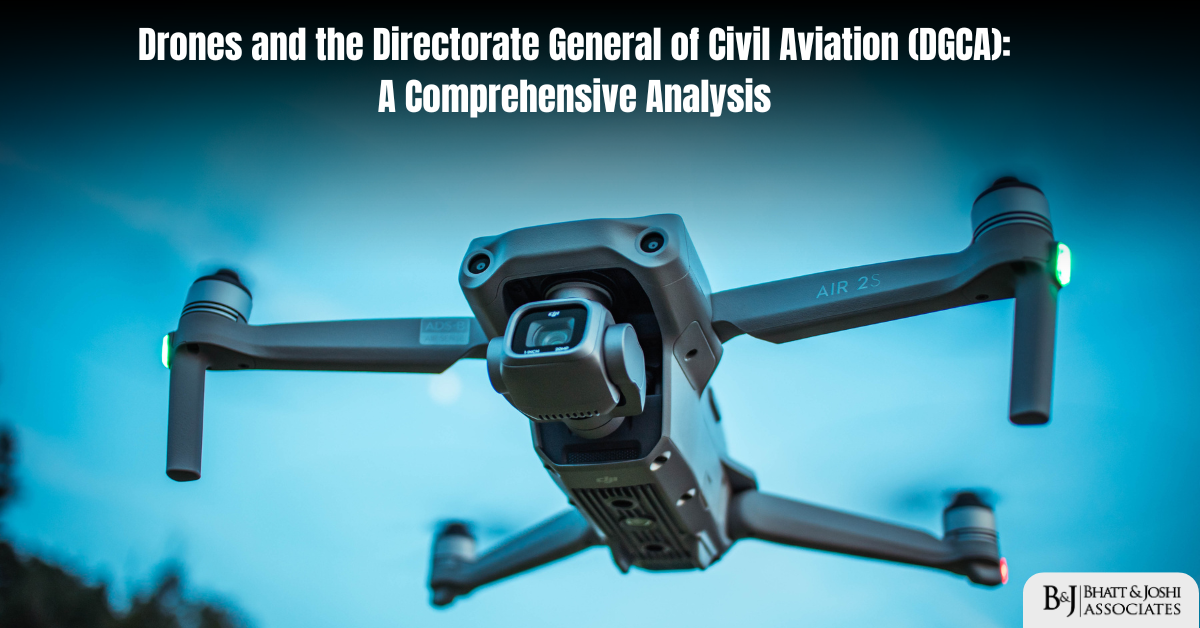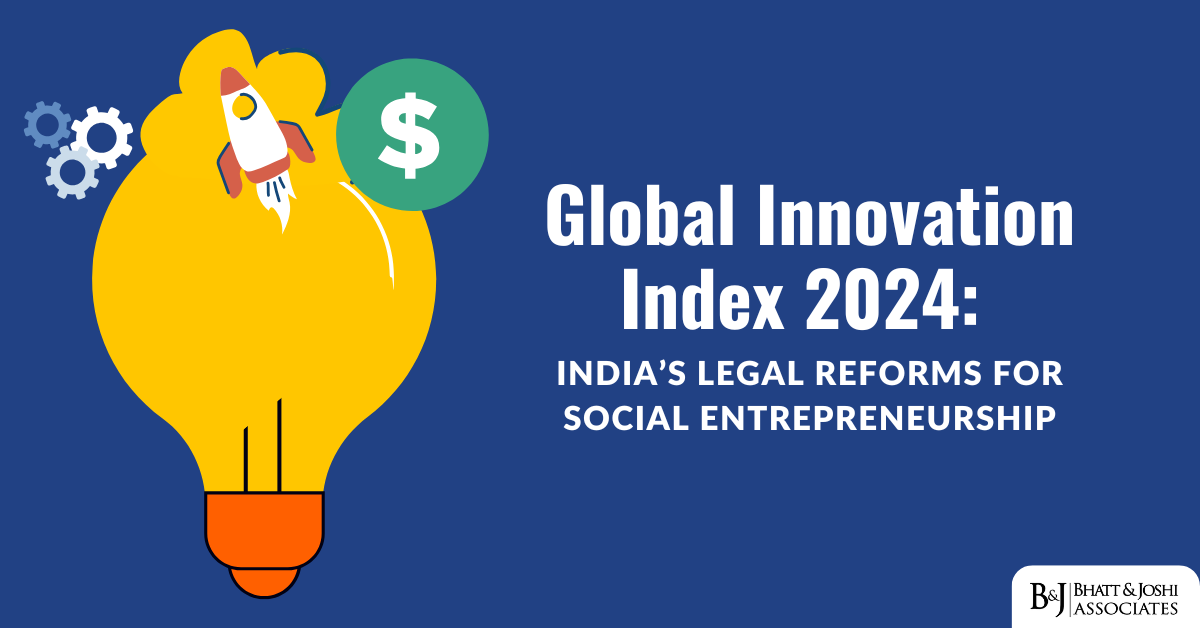Introduction
The rapid proliferation of Unmanned Aircraft Systems (UAS) or drones in India has necessitated comprehensive regulatory oversight by the Directorate General of Civil Aviation (DGCA). This analysis explores the complex regulatory framework governing drone operations in India, examining the DGCA’s role in ensuring safe and legal drone usage while promoting innovation in this rapidly evolving sector. The intersection of technological advancement and regulatory requirements presents unique challenges and opportunities in the Indian aviation landscape.
Historical Evolution of Drone Regulations
The journey of drone regulations in India began with the DGCA’s initial circular in 2014, which effectively banned all civilian drone operations. However, recognizing the growing importance of drone technology, the first comprehensive regulations were introduced through the Civil Aviation Requirements (CAR) Section 3, Series X, Part I in 2018. These regulations marked India’s first step toward formally integrating drones into its aviation framework.
The regulatory landscape underwent significant transformation with the introduction of the Drone Rules 2021, which replaced the UAS Rules 2021. This evolution reflects the government’s commitment to balancing safety concerns with the need to promote drone technology for various commercial and civilian applications. The historical progression demonstrates the DGCA’s adaptive approach to emerging aviation technologies.
Legal Framework and DGCA Authority
The DGCA’s authority over drone operations stems from the Aircraft Act, 1934, and the Aircraft Rules, 1937, which have been amended to include provisions for unmanned aircraft. The Drone Rules 2021 serve as the primary regulatory framework, empowering the DGCA to oversee all aspects of drone operations in India. This legal framework establishes the DGCA as the central authority for drone regulation, certification, and enforcement.
Supporting this framework is the Digital Sky Platform, a first-of-its-kind initiative that provides a single-window online system for drone-related permissions and compliance. The platform embodies the government’s vision of making India a global drone hub while maintaining strict safety and security standards.
DGCA Classification of Drones
The DGCA has established a comprehensive classification system for drones based on their weight and intended use. The categories include Nano (less than 250 grams), Micro (250 grams to 2 kg), Small (2-25 kg), Medium (25-150 kg), and Large (greater than 150 kg). Each category has specific operational requirements and restrictions, reflecting the risk-based approach to drone regulation.
This classification system influences various aspects of drone operations, including registration requirements, operational limitations, and pilot certification needs. The framework allows for appropriate regulatory oversight while acknowledging the diverse applications and capabilities of different drone types.
Registration and Certification Requirements of Drones in India
Under DGCA regulations, all drones except those in the Nano category must be registered on the Digital Sky Platform. The registration process includes obtaining a Unique Identification Number (UIN) and an Unmanned Aircraft Operator Permit (UAOP) when required. The certification process ensures that drones meet specified safety standards and operational requirements.
The DGCA has implemented a Type Certification scheme for drones, which validates their airworthiness and compliance with technical specifications. This certification process involves thorough testing and documentation, ensuring that only safe and reliable drones enter the Indian airspace.
DGCA Guidelines for Drone Operations
The DGCA has established comprehensive operational guidelines that govern various aspects of drone flights. These include restrictions on flying zones, height limitations, and time-of-day operations. The regulations define No-Fly Zones, restricted areas, and permission requirements for different types of drone operations.
Operating conditions specify weather requirements, visual line of sight operations, and maintaining safe distances from people and property. The guidelines also address specific requirements for specialized operations such as aerial photography, agricultural spraying, and surveillance activities.
Safety and Security Protocols for Drone Operations in India
Safety and security considerations form a crucial component of DGCA’s drone regulations. The requirements include mandatory safety features such as GPS, Return-to-Home (RTH) capability, anti-collision lights, and ID plates. Security protocols encompass real-time tracking, geo-fencing, and no-permission-no-takeoff (NPNT) compliance.
The DGCA emphasizes the importance of privacy protection and data security in drone operations. Operators must comply with relevant privacy laws and maintain appropriate security measures to prevent unauthorized access to drone systems and collected data.
DGCA Regulations for Commercial Drone Usage
The regulatory framework provides specific guidelines for commercial drone operations, recognizing their growing importance in various sectors. This includes provisions for drone delivery services, aerial surveying, agriculture, and infrastructure inspection. The DGCA has established procedures for obtaining necessary permissions and maintaining operational compliance for commercial activities.
Special consideration is given to Beyond Visual Line of Sight (BVLOS) operations, which are crucial for many commercial applications. The DGCA has initiated experimental BVLOS programs to gather data and develop appropriate regulatory frameworks for such operations.
Training and Licensing Requirements Set by DGCA
The DGCA has implemented a comprehensive training and licensing system for drone operators. This includes different categories of remote pilot licenses based on the type and complexity of drone operations. Training requirements encompass theoretical knowledge and practical skills, ensuring operators are competent to handle their aircraft safely.
Authorized training organizations must follow DGCA-approved curricula and maintain proper documentation of training activities. The licensing process includes theoretical examinations, practical tests, and periodic renewals to maintain high standards of operator competence.
Surveillance and Enforcement of Drone Regulations
The DGCA maintains active surveillance of drone operations through various mechanisms, including the Digital Sky Platform and physical inspections. Enforcement actions range from warnings to license revocation for violations of regulations. The authority works in coordination with law enforcement agencies to prevent illegal drone operations and ensure compliance with security requirements.
Regular audits and inspections of drone operators and training organizations help maintain regulatory compliance. The DGCA also investigates incidents and accidents involving drones to improve safety standards and regulatory effectiveness.
International Compliance
DGCA’s drone regulations align with international standards while addressing India-specific requirements. The authority participates in international forums and collaborates with foreign aviation regulators to harmonize drone regulations. This approach facilitates international drone operations and promotes global best practices in the Indian context.
The regulations incorporate elements from ICAO guidelines and other international frameworks while maintaining flexibility to accommodate local conditions and requirements. This balance helps position India as a responsible participant in the global drone ecosystem.
Future Developments and Challenges
The drone industry’s rapid evolution presents ongoing challenges for regulatory oversight. The DGCA continues to adapt its framework to address emerging technologies such as autonomous drones, drone swarms, and urban air mobility. Future developments may include expanded BVLOS operations, automated traffic management systems, and integration with conventional aviation.
Challenges include managing the increasing number of drones, ensuring compliance with evolving regulations, and addressing security concerns. The DGCA must balance innovation and growth with safety and security requirements while maintaining effective oversight of the sector.
Conclusion
The DGCA’s regulatory framework for drones represents a significant achievement in aviation oversight, balancing safety and security with technological advancement and economic opportunities. The comprehensive approach to drone regulation demonstrates India’s commitment to developing a robust and sustainable drone ecosystem.
As the drone industry continues to evolve, the DGCA’s role in ensuring safe and compliant operations becomes increasingly important. The success of India’s drone sector will depend largely on the effective implementation and continuous updating of these regulations to meet emerging challenges and opportunities.
The future of drone regulation in India looks promising, with the DGCA well-positioned to adapt its framework to technological advances while maintaining high safety and security standards. This will be crucial in realizing the full potential of drone technology across various sectors of the Indian economy.














